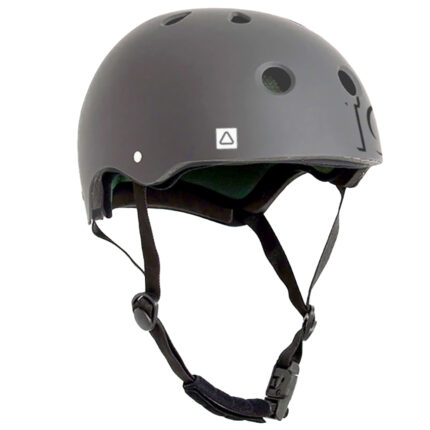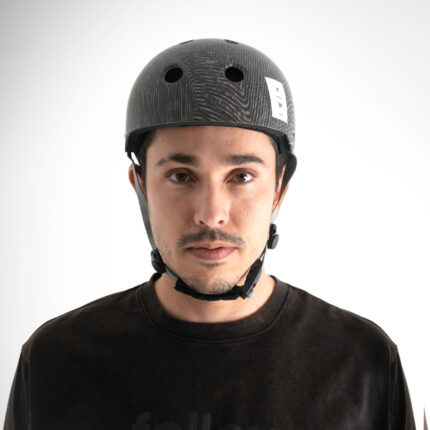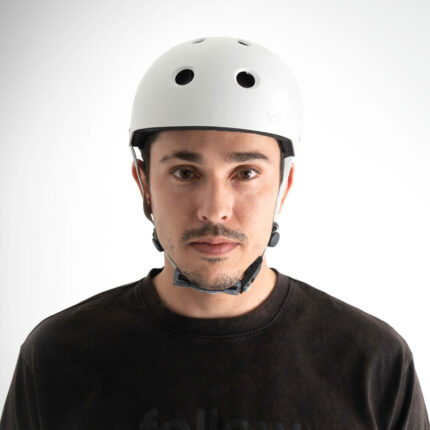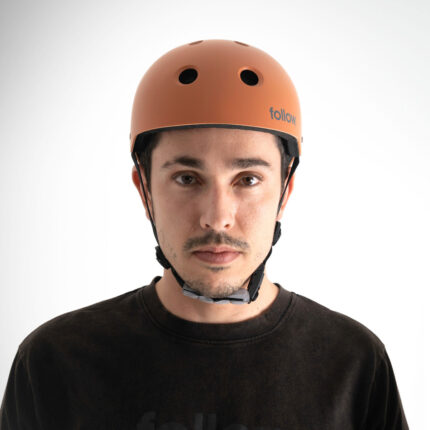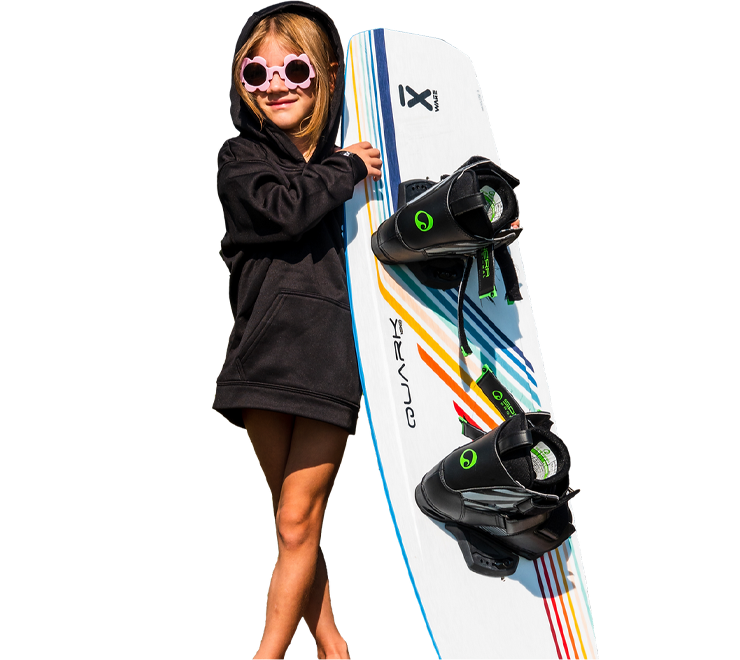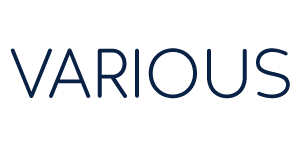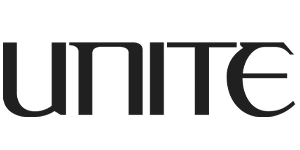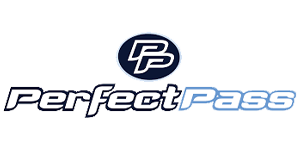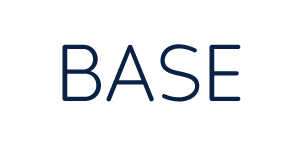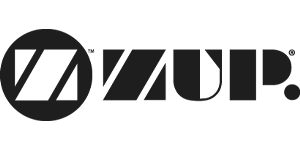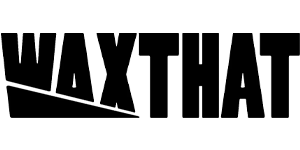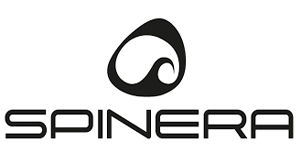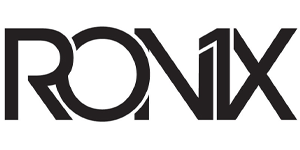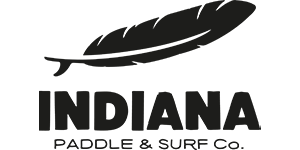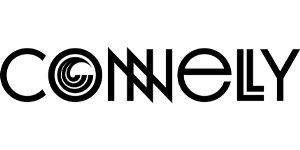Helmets
Showing 1–12 of 52 results
Helmets are crucial safety gear in wakeboarding, providing protection for the rider’s head in case of falls or collisions. While not always required, wearing a wakeboarding helmet is highly recommended, especially for riders attempting aerial tricks and maneuvers. Here’s more information about wakeboarding helmets:
Purpose:
Head Protection: The primary purpose of wakeboarding helmets is to protect the rider’s head from potential impact injuries. Falls during wakeboarding can result in head injuries, making helmets essential for safety.
Impact Absorption: Wakeboarding helmets are designed with impact-absorbing materials, such as foam or EPP (expanded polypropylene), which help dissipate and reduce the force of impact to the head.
Comfort: Helmets are typically lined with comfortable padding and have adjustable straps to ensure a snug and secure fit. They are designed to be comfortable for extended wear during wakeboarding sessions.
Secure Fit: Wakeboarding helmets are equipped with adjustable chin straps and buckles to keep the helmet securely in place, even during falls or high-speed maneuvers.
Features:
Ventilation: Many wakeboarding helmets have ventilation systems with vents or breathable materials to keep the rider’s head cool and comfortable, especially in hot weather.
Ear Coverage: Some helmets provide partial or full ear coverage, which can offer additional protection and help reduce water ingress into the ears.
Visors: A few wakeboarding helmets come with detachable visors or brims to shield the rider’s eyes from sun glare and water spray.
Audio Integration: Some helmets have pockets or built-in speaker systems that allow riders to listen to music or communicate with others via a built-in microphone.
Safety Considerations:
Certification: When purchasing a wakeboarding helmet, look for one that meets safety standards, such as ASTM F1447 or CE EN 1385. These certifications indicate that the helmet has been tested and approved for water sports use.
Proper Fit: Ensure that the helmet fits snugly and comfortably on your head. It should not be too tight or too loose. Follow the manufacturer’s sizing guidelines.
Maintenance: Regularly inspect your wakeboarding helmet for signs of wear or damage. Replace the helmet if it has been involved in a significant impact or if it shows signs of degradation.
Replacement: Helmets have a limited lifespan, and their protective properties may degrade over time. Consider replacing your helmet periodically, even if it appears to be in good condition.
Wakeboarding helmets are a valuable investment in safety, particularly for riders of all skill levels. They provide peace of mind and protection, allowing you to enjoy wakeboarding with reduced risk of head injuries. Always prioritize safety and consider wearing a helmet whenever you hit the water for wakeboarding.
 Boards
Boards Packages
Packages Boots & Bindings
Boots & Bindings Essentials
Essentials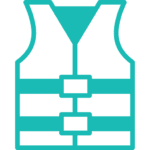 Waterwear
Waterwear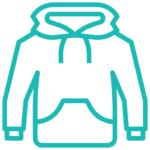 Apparel
Apparel Wakesurfers
Wakesurfers
 Towers & More
Towers & More Boat Accesories
Boat Accesories Ballast Systems
Ballast Systems

